Hi there, pet lovers! 🐪
Camels, with their distinctive humps and desert-adapted resilience, are some of the most iconic animals in the world. Known as the “ships of the desert,” these animals have served humans for thousands of years, providing transport, milk, meat, and companionship in some of the harshest environments on Earth. But can camels truly make good pets? The answer depends on lifestyle, resources, and dedication.
In this review, we’ll explore everything about camels as companion animals—from their personality and care requirements to costs, availability, and long-term commitment. Whether one is fascinated by their exotic nature or genuinely considering ownership, this guide offers all the essential insights.
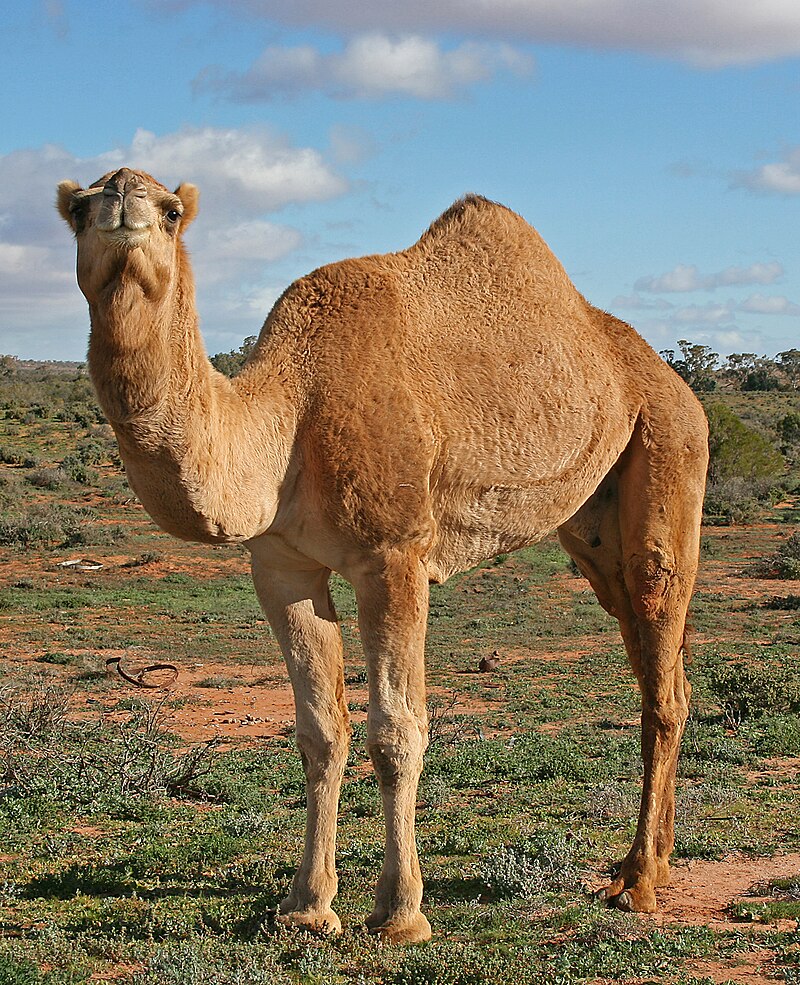
Overview
Camels are large, hardy mammals adapted for desert survival. They are best suited for people with significant land, resources, and experience caring for livestock. There are two main types: dromedary camels (one hump) and Bactrian camels (two humps). Both require specialized care and space but offer rewarding companionship for those prepared for the challenge.
- Handling and Temperament: Intelligent, curious, but strong-willed and sometimes stubborn.
- Care and Maintenance: High-maintenance—require large enclosures, proper feeding, and regular veterinary care.
- Health and Durability: Very hardy but susceptible to parasites and heat stress in unsuitable climates.
- Availability: Rare and often expensive, depending on location.
- Cost: High purchase and upkeep costs, suited only for well-prepared owners.
- Overall: A remarkable but demanding pet, best for experienced handlers with ample space and resources.
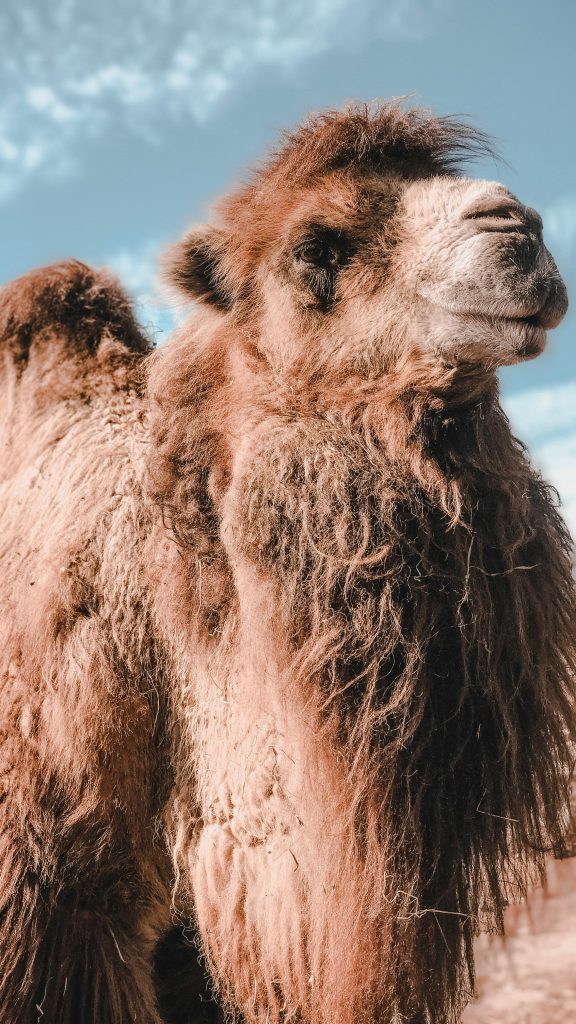
Why Choose a Camel?
Camels are not a typical household pet. They are livestock animals with unique needs and personalities. However, for individuals with farmland, ranches, or a passion for exotic animals, camels can offer extraordinary companionship.
They are intelligent and form strong bonds with caretakers. In many cultures, camels are seen as loyal, hardworking, and even affectionate animals. Their ability to carry loads, provide milk, and live long lives (40–50 years in captivity) makes them a significant investment for families who can support them.
Still, camels require patience and respect. They are known for their stubborn streak and will not hesitate to express displeasure—sometimes by spitting, kicking, or refusing commands.
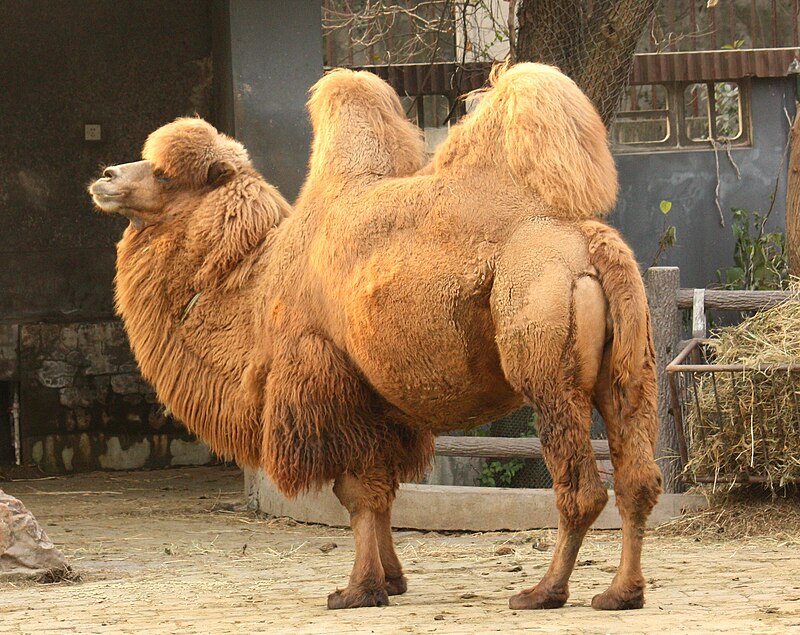
Handling and Temperament
Camels are large animals, with dromedaries averaging 6–7 feet tall at the shoulder and weighing 880–1,320 pounds (400–600 kg). Their size alone makes handling them a challenge.
Personality Traits
- Intelligent and observant – Camels remember people and can recognize handlers.
- Social animals – They thrive in herds, so keeping a single camel can cause stress and loneliness.
- Stubborn but trainable – With consistent, gentle training, camels can be taught to follow commands, kneel for riders, or accept harnesses.
- Expressive – Camels will show moods clearly: a happy camel may hum, while an annoyed camel may groan, spit, or refuse to move.
Handling Tips
- Always approach calmly and from the side.
- Avoid harsh methods—camels respond better to patience and routine.
- Young camels are easier to train than adults.
- Never underestimate their strength; a camel can easily injure a person if startled.
Aggression and Biting
Camels rarely bite without reason, but males can become aggressive during mating season (rut). Kicking and biting can be serious due to their size and jaw strength, so supervision is critical.

Care and Maintenance
Caring for a camel is very different from smaller domestic animals. Their needs revolve around space, diet, and environmental management.
Enclosure and Space Requirements
- Land: Camels need large, open enclosures with secure fencing. A minimum of 1–2 acres per camel is recommended, though more space is ideal.
- Shelter: Shade is essential. Camels tolerate heat well but need protection from cold, rain, and strong winds. A three-sided barn or run-in shed works well.
- Companionship: Camels are herd animals. Keeping at least two together is highly recommended.
Feeding
- Diet: Camels are herbivores, mainly eating grasses, hay, and grains. They can consume 15–25 pounds of forage per day.
- Supplements: Salt licks and mineral supplements help prevent deficiencies.
- Water Needs: Despite their desert adaptation, camels require access to fresh water daily. They can drink up to 30 gallons (113 liters) in one sitting.
Grooming and Enrichment
- Grooming: Camels shed heavily during seasonal changes and benefit from brushing.
- Exercise: Free roaming space is essential. Some owners even use camels for light riding or cart pulling for enrichment.
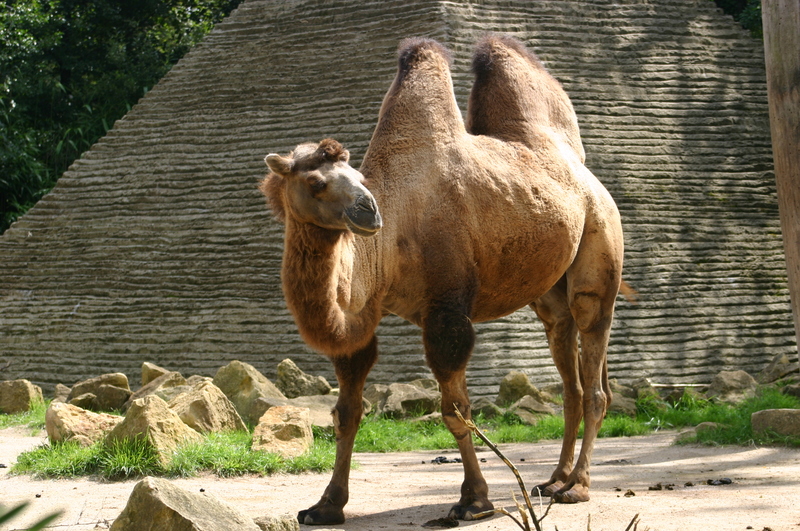
Health and Durability
Camels are hardy animals that can thrive in arid conditions, but in non-native climates, they need extra care.
Common Health Issues
- Parasites: Both internal (worms) and external (ticks, mites) can affect camels. Regular deworming is essential.
- Foot Problems: Improper flooring or damp conditions can cause infections.
- Respiratory Illnesses: Sudden changes in climate or damp housing can trigger infections.
- Heat Stress: Rare in deserts but possible in humid environments.
Lifespan and Strength
- Lifespan: 40–50 years in captivity.
- Durability: Can carry up to 600 pounds (272 kg) for several hours, though this is more common in working camels than pets.
Preventative Care
- Annual veterinary check-ups.
- Vaccinations against common livestock diseases (depending on region).
- Hoof and dental care.
- Parasite prevention.
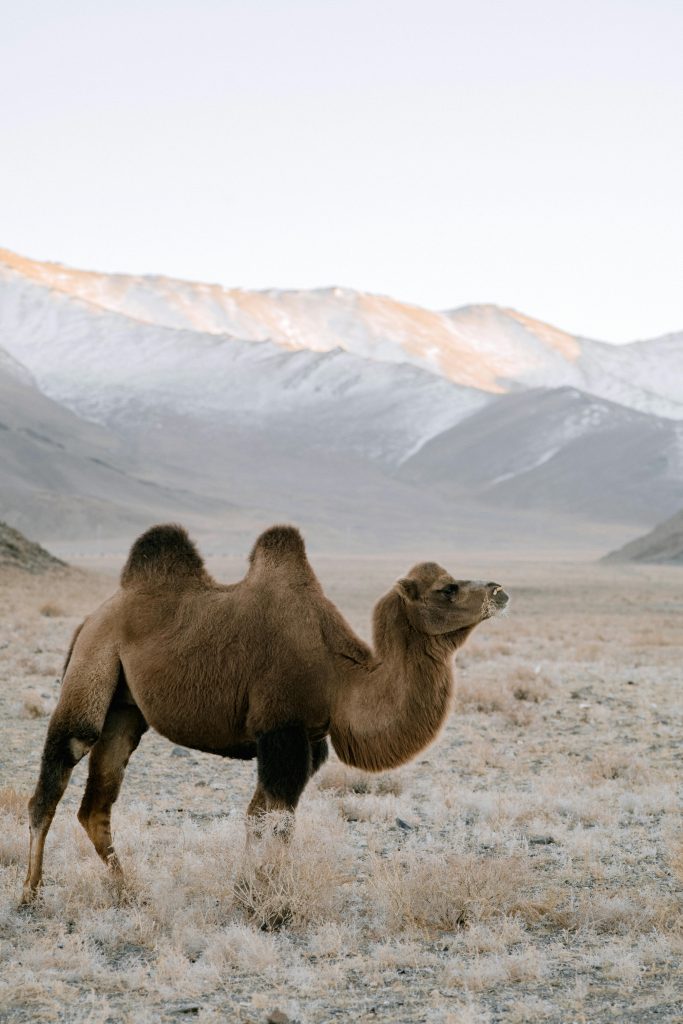
Availability and Cost
Camels are not commonly available everywhere. In some countries, they are considered livestock, while in others, ownership is restricted or requires special permits.
Where to Obtain a Camel
- Specialized breeders: The safest and most ethical option.
- Exotic animal auctions: Availability depends on location but may lack reliable health history.
- Zoos or sanctuaries: Rarely release camels, but some do rehome.
Costs
- Purchase Price: $5,000–$20,000 depending on age, training, and breed (Bactrians are often more expensive).
- Setup Costs: Enclosures, fencing, and shelter can easily exceed $10,000.
- Ongoing Costs: Food, veterinary care, and maintenance can run several thousand dollars per year.
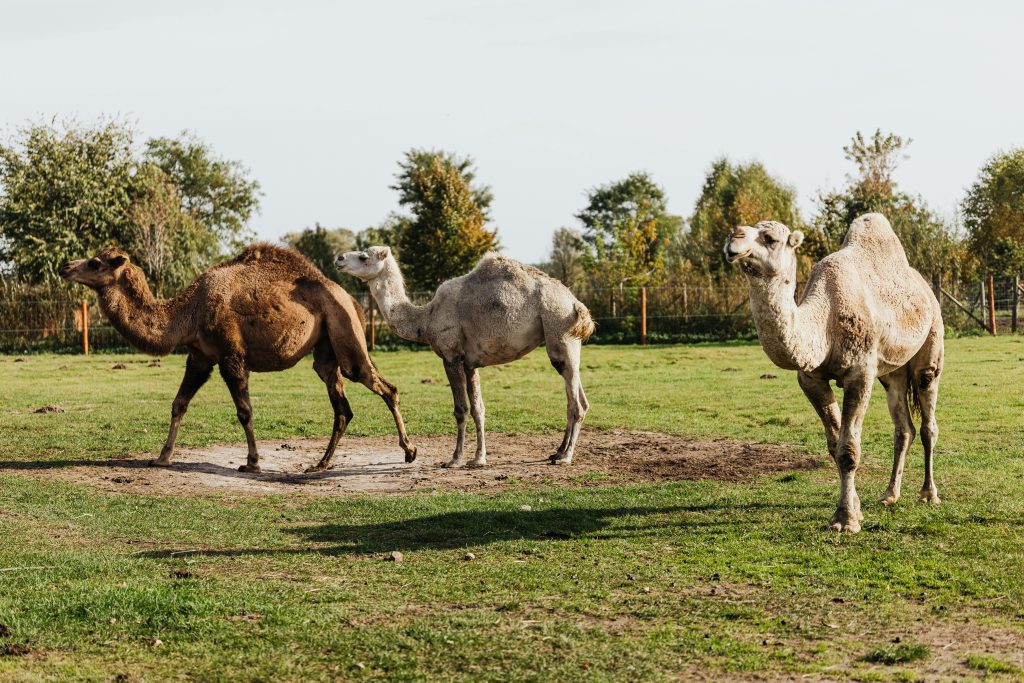
Pros and Cons
Pros
- Long lifespan (up to 50 years).
- Strong, hardy animals with unique adaptations.
- Can provide milk, wool, and even transport.
- Intelligent and capable of bonding with caretakers.
- Exotic and fascinating companions.
Cons
- Extremely large and expensive to keep.
- Require significant land and specialized enclosures.
- Strong-willed, sometimes aggressive, especially males.
- Veterinary care for camels can be hard to find outside desert regions.
- Social animals—keeping one alone is not recommended.
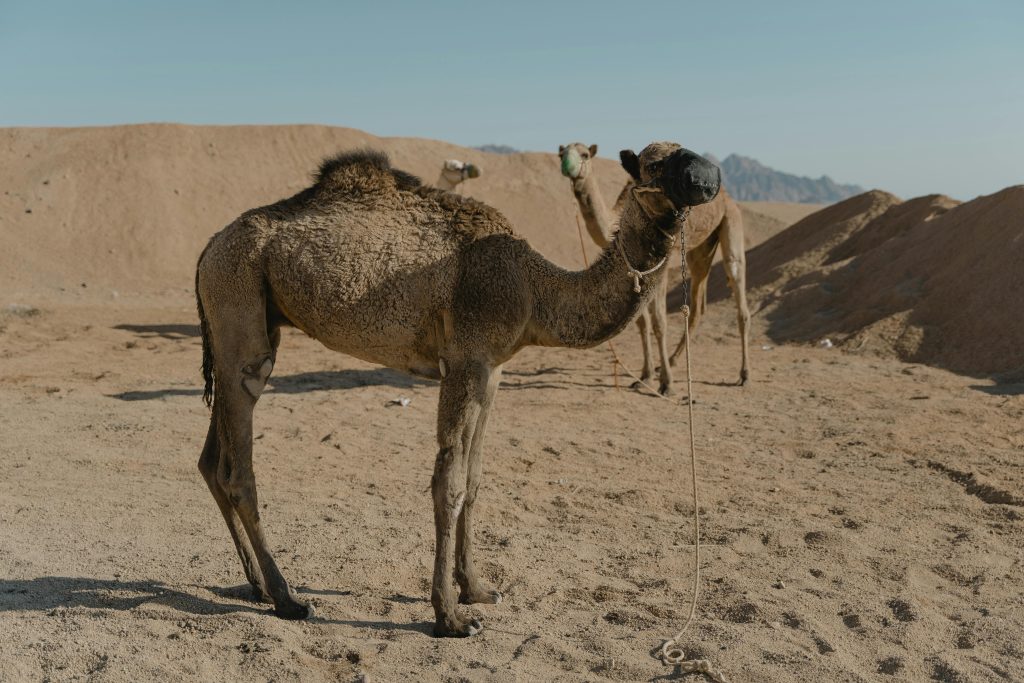
Final Thoughts
Camels are remarkable creatures that have supported humans for millennia. As potential pets, they offer intelligence, companionship, and unique charm. However, they are not suited for the average household. Their care requires vast space, high costs, and experienced handling.
For those with the land, resources, and commitment, camels can be loyal and fascinating companions, living for decades and forming strong bonds with their caretakers. For most people, however, camels are best admired in sanctuaries, farms, or cultural settings where their needs can be fully met.
Camels are a reminder of the incredible adaptability of animals and the strong connection between humans and the creatures that have shaped civilizations.
Have you spent time with camels or even cared for them? Share your experiences below—we’d love to hear your stories and insights!
For more exotic animal care reviews and guides, stay connected with our blog. 🐪




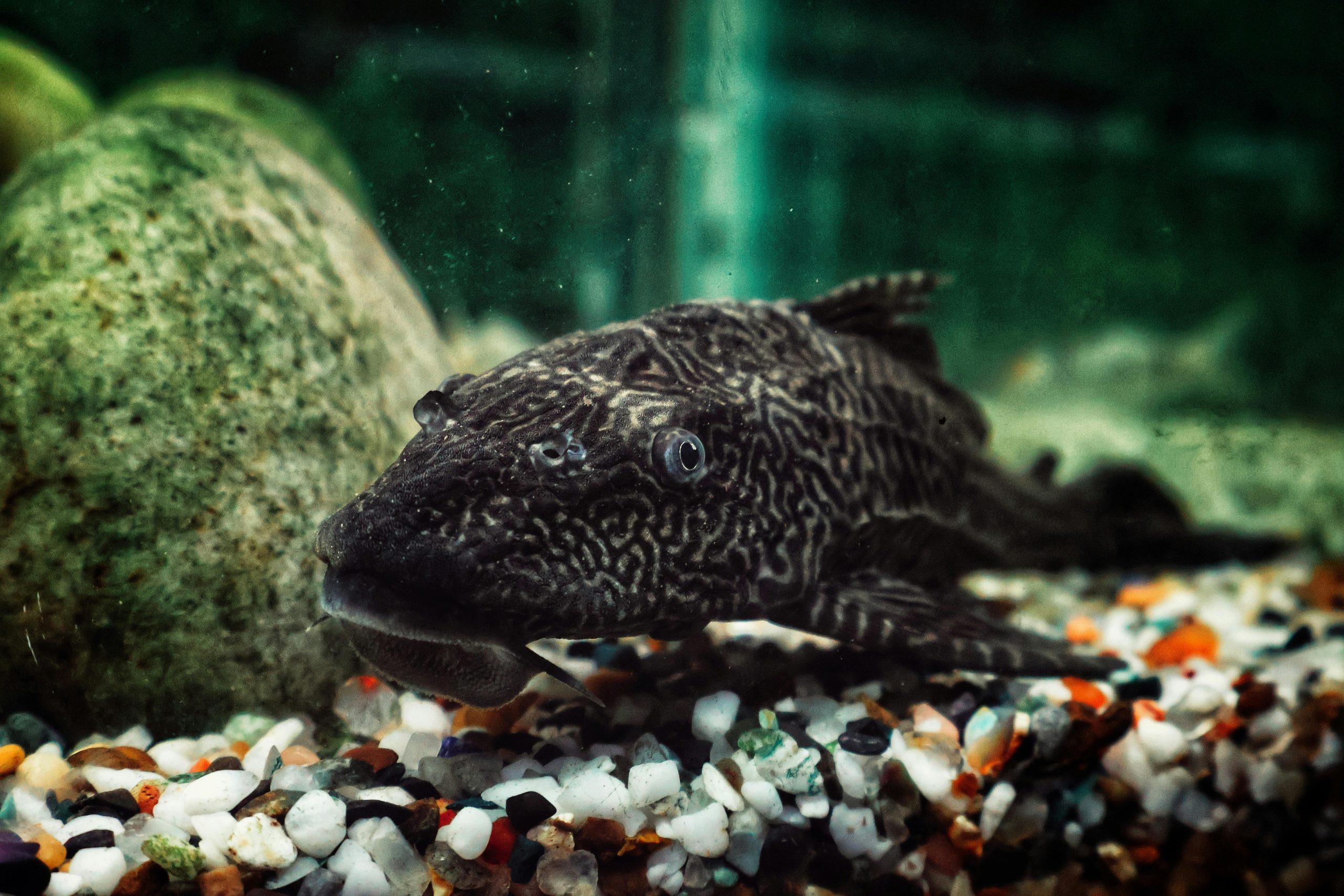
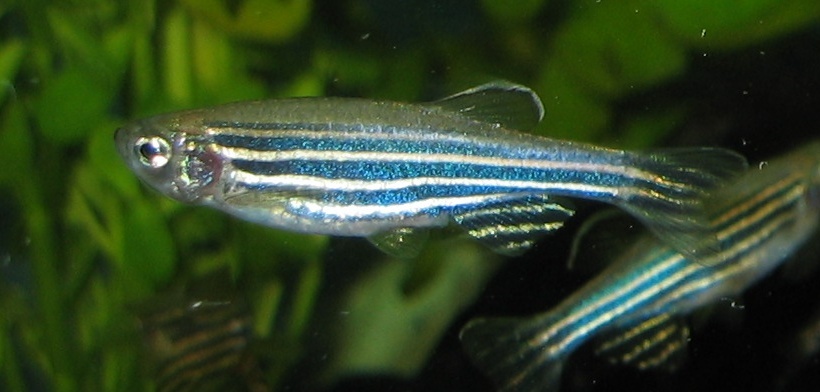
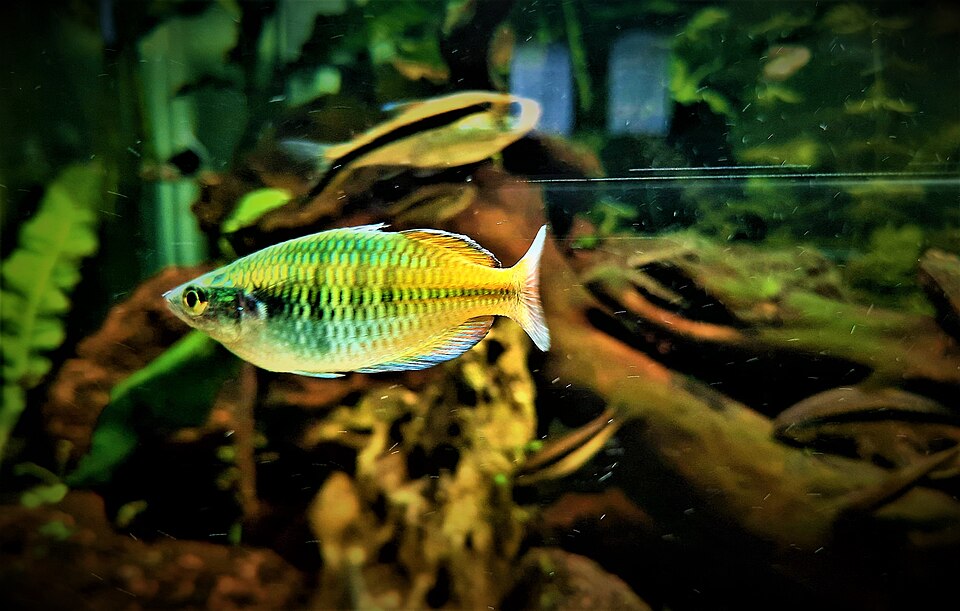
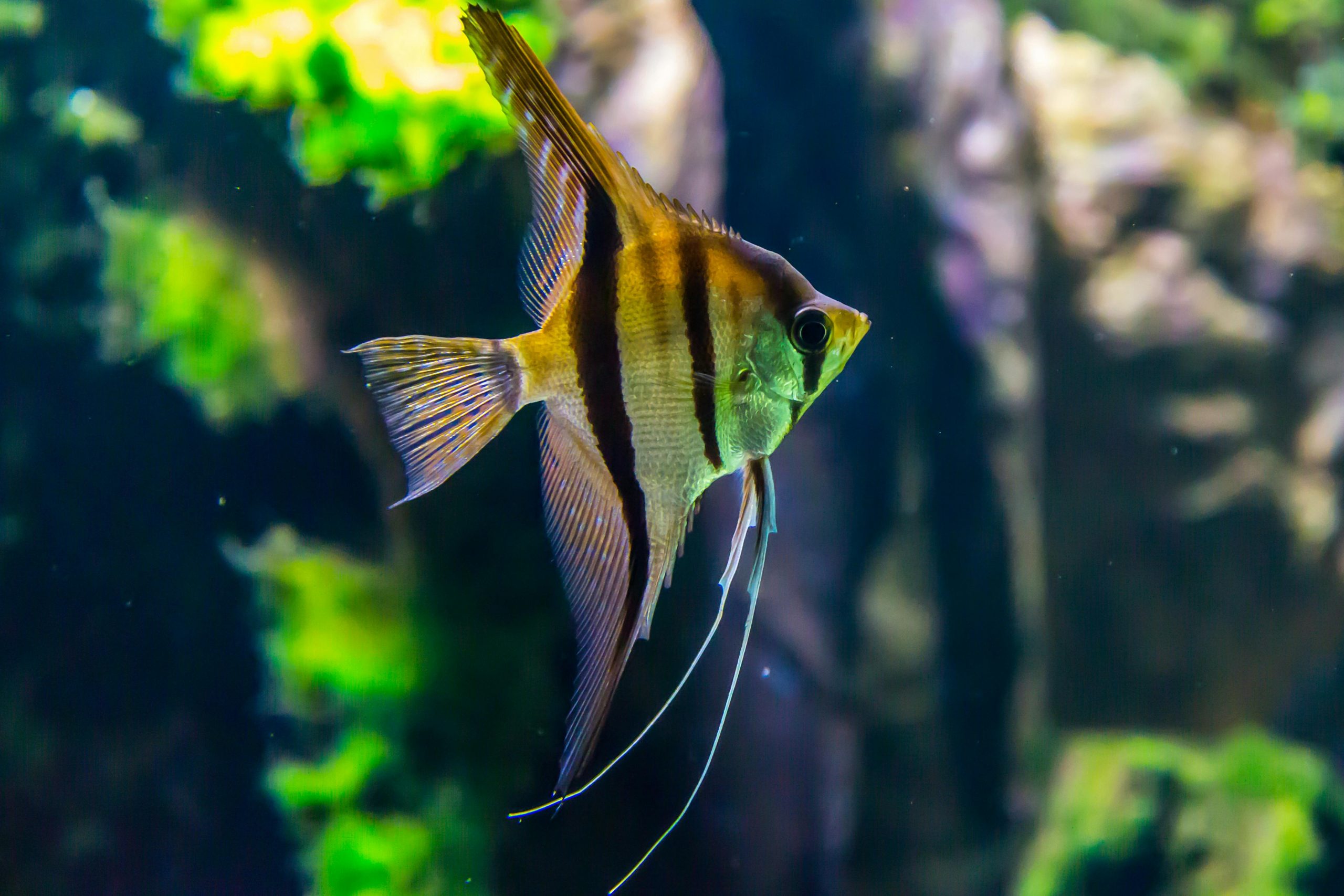
Leave a Reply